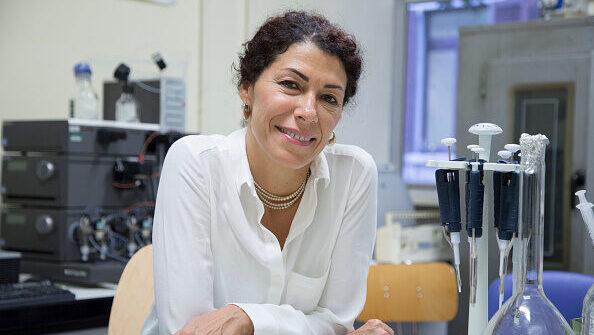
Flora Peyvandi Introduces Breakthrough Protease-Resistant ADAMTS13 Enhancing VWF Regulation in Thrombotic Disorders
A new study published in Blood Advances by Prof. Flora Peyvandi and colleagues presents a study about a bioengineered, protease-resistant form of ADAMTS13, designed to enhance resistance to proteolytic degradation without compromising its functional regulation of von Willebrand factor (VWF)-posted on X:
“Mortality, diagnosis, and etiology of disseminated intravascular coagulation – A systematic review and meta-analysis: Communication from the ISTH SSC Subcommittee on Disseminated Intravascular Coagulation.”
Recombinant ADAMTS13 has shown therapeutic potential in thrombotic disorders such as heritable TTP and is under investigation for use in acquired TTP and sickle cell disease. However, its susceptibility to degradation by proteases like plasmin limits its efficacy, especially under thrombo-inflammatory conditions. This study introduces protease-resistant ADAMTS13 variants—specifically modified in linker regions—that retain full VWF-cleaving function under flow. These stabilized forms resist cleavage by thrombin, FXIa, kallikrein, and neutrophil-derived enzymes, without compromising antithrombotic activity. The findings suggest that protease-resistant ADAMTS13 may enhance therapeutic durability in TTP and broaden its use in thrombosis-related diseases such as ischemic stroke and myocardial infarction.
Title: Development of a protease-resistant ADAMTS13 to improve stability against proteolytic degradation
Autors: Veronica DeYoung, Rex Huang, Hasam Madarati, Rida Malik, Peter Andrisani, Cherie Teney, Colin A. Kretz

Similar exciting news can be found in Hemostasis Today.
-
Dec 12, 2025, 23:51Don’t Miss: IACH Post ASH 2025 Roundtable Debate
-
Dec 12, 2025, 23:37C-Reactive Protein and Cardiovascular Risk in the General Population: A European Heart Journal Study by Berkan Kurt et al.
-
Dec 12, 2025, 23:23Alta Schutte and Colleagues at National Hypertension Taskforce: Driving Single-Pill Therapy for Hypertension and More
-
Dec 12, 2025, 22:27Normal Counts, High Risk: Abdul Mannan Breaks Down JAK2 + Splanchnic Vein Thrombosis
-
Dec 12, 2025, 14:478 Posts Not to Miss From the ASH 2025 – Marc Carrier
-
Dec 12, 2025, 10:17Alyssa George on Clinical and Economic Impact of a Eptacog Beta
-
Dec 12, 2025, 09:53Ivan Budnik Awarded AHA Postdoctoral Fellowship! Aiming to Improve DVT Long-term Outcomes
-
Dec 12, 2025, 09:34Giles Platford on Baby Big: Plasma-Derived Drug Against Infant Botulism
-
Dec 12, 2025, 09:22Matteo Foschi Presents The New Expert Guidance on Minor Ischemic Stroke
